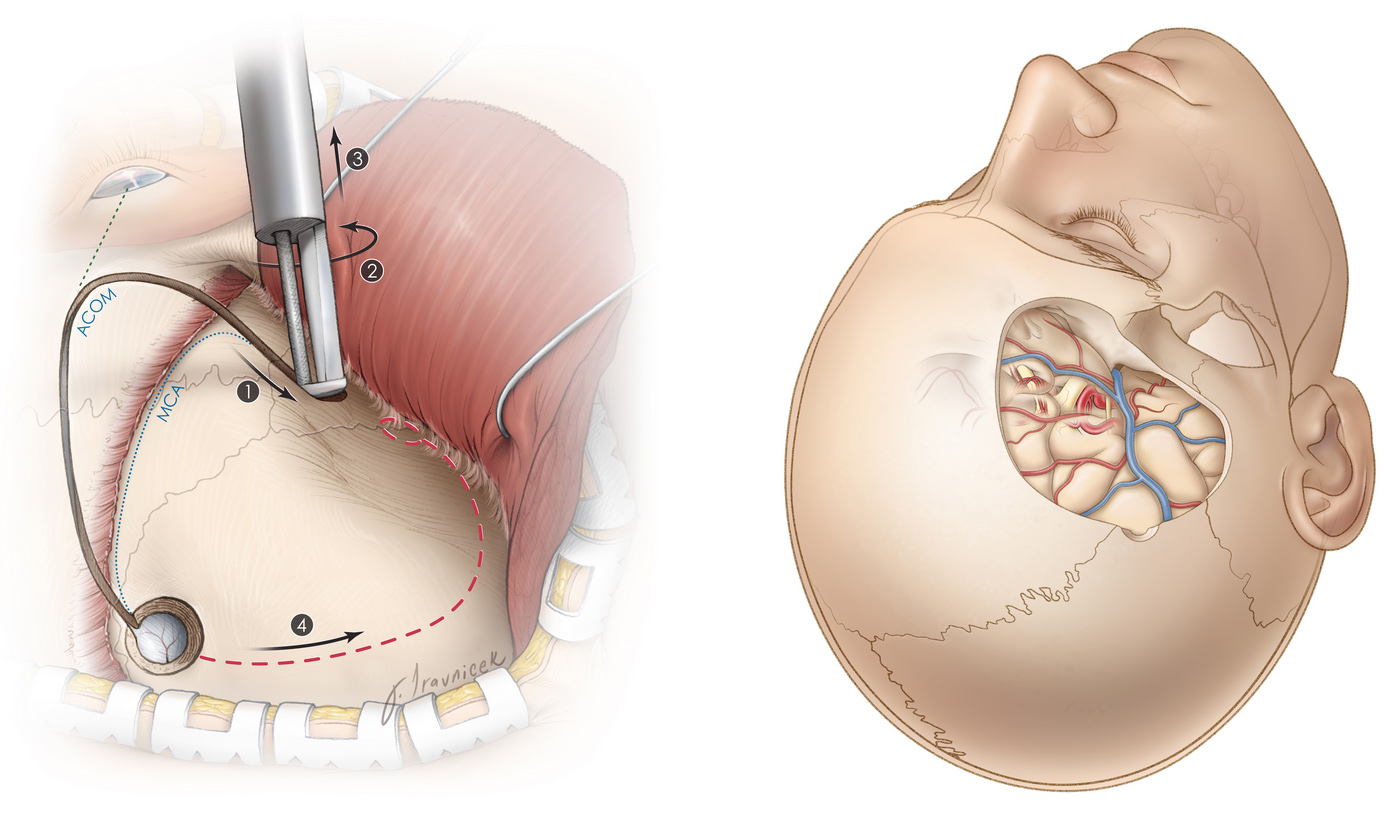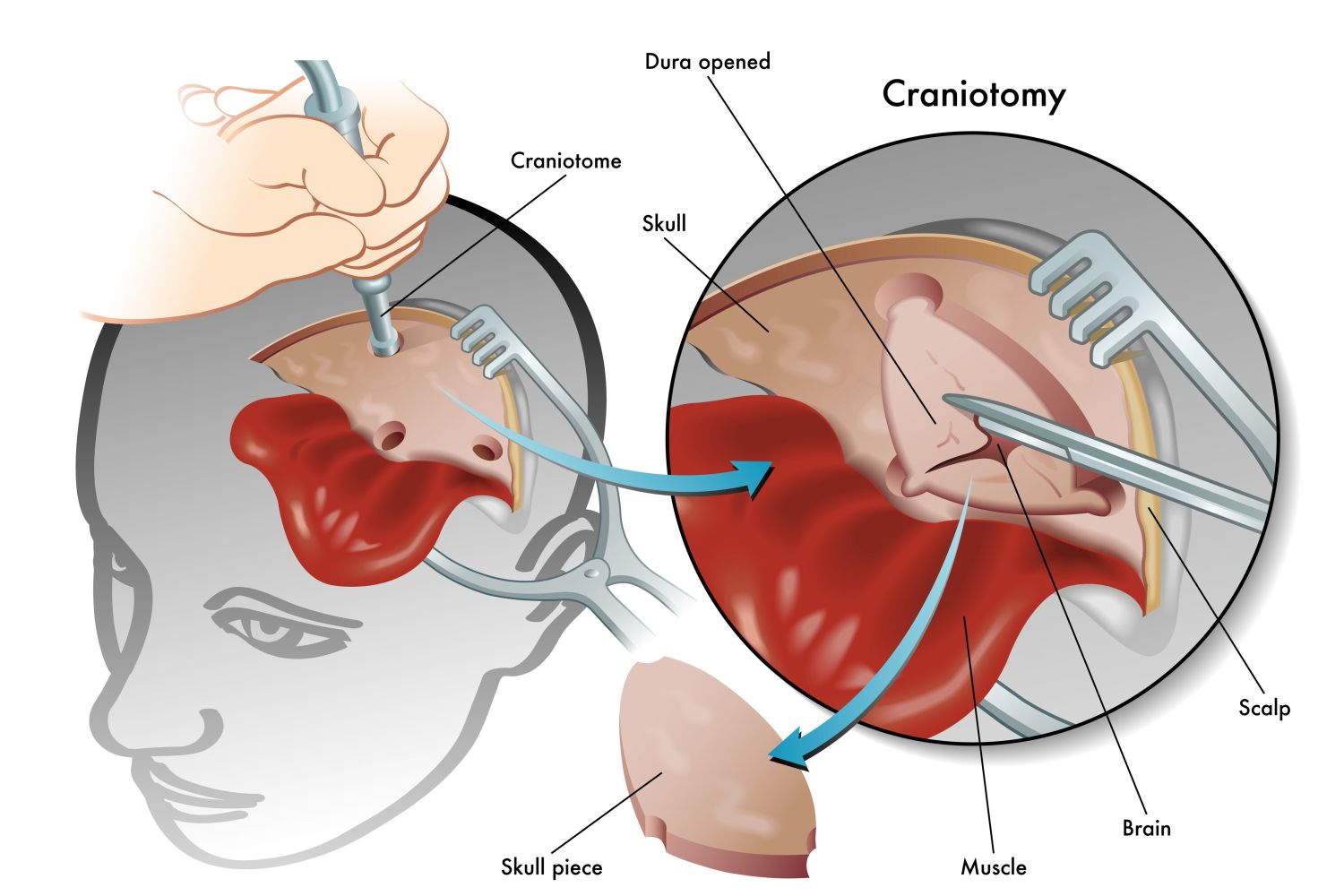

A cranioplasty is a surgical procedure used to correct a defect in a bone of the skull. The defect might be congenital, the result of trauma to the head or a complication from an earlier surgery. A cranioplasty will not only improve the appearance of the head, but also may provide several medical benefits. Strengthening the problem area offers much more thorough protection for the brain. Additionally, those patients experiencing headaches or neurological impairment may find their symptoms are diminished after undergoing a cranioplasty.
Cranioplasty Procedure
A cranioplasty is performed in a hospital setting with the patient under general anesthetic. A portion of the scalp will be shaved and a topical cleanser is applied to prevent infection. Dr. Lipani then makes an incision in the skin to access the skull bones. If the existing bone is intact and undamaged, Dr. Lipani can reshape and reposition it and use special discs as well as titanium plates and screws to secure it in place.
It is generally considered optimal to use the patient’s original bone if it remains functional. However, in cases where the bone has been badly damaged or removed, there are several options available. Prior to the surgery, it will be determined exactly what substance will be used to replace the bone. Depending on a number of factors, the surgeon may choose to graft a piece of bone that has been removed from the patient’s rib, skull or pelvis; use a bone substitute made from a synthetic material; or employ an acrylic insert that can be fitted into the defective area. All of these are attached to the nearby bones with titanium plates and screws.
Once the bone or grafting material has been properly affixed, Dr. Lipani will close the scalp incision using either sutures or surgical staples.
Recovery from Cranioplasty
After undergoing a cranioplasty procedure, patients are typically required to stay in the hospital for a period of five to seven days. Drains may be needed initially to help the body remove any excess fluid that has accumulated in the area. Most patients will experience some headaches in the days following the surgery, but these respond well to pain relievers that will be prescribed by your doctor. Fatigue is also a common side effect that should subside within the first few weeks. Some activities may be limited for a period of time after your cranioplasty, and Dr. Lipani will provide you with information on any restrictions that you will be expected to adhere to and for how long.
Cranioplasty Risks
All surgical procedures carry some form of risk. The most common risks associated with a cranioplasty include infection, blood clot formation, seizures and stroke. Choosing an experienced surgeon who has performed this procedure many times can lessen the chance of developing a complication after undergoing a cranioplasty.
